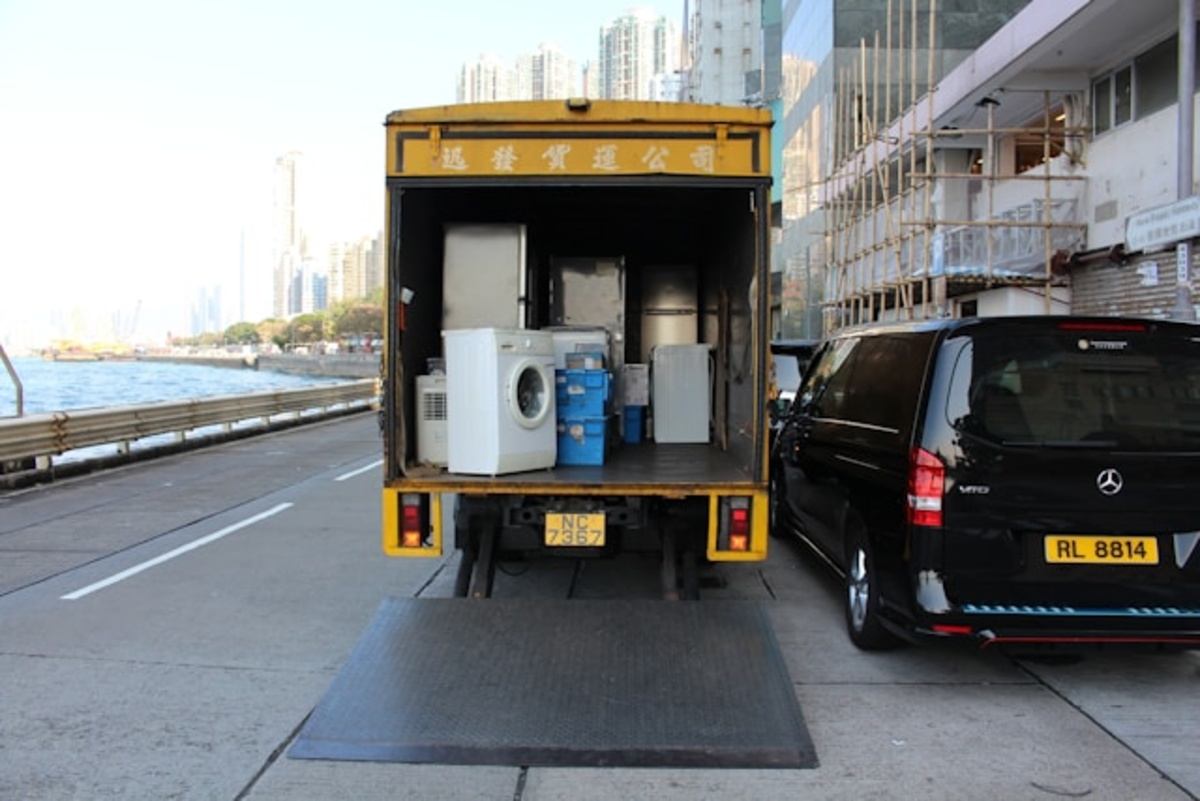Blog
5 Tips for Preparing a Stress-Free Cross-Country Move
Photo by Theo Dorp on Unsplash
Cross-country relocation presents exciting opportunities alongside significant challenges. From coordination requirements to emotional management, executing long-distance moves demands meticulous organization and preparation. To facilitate stress-reduced cross-country transitions, consider these five fundamental recommendations.
Hire Professional Movers
Requesting assistance remains appropriate, particularly for substantial relocations. Consider engaging professional relocation services that manage physical transportation requirements, as they possess expertise regarding efficient packing methodologies. Investigate established moving companies, examine available customer feedback, and obtain estimates, ensuring budget compatibility.
When full-service moving companies exceed financial parameters, numerous reputable smaller operations specialize in local or regional relocations. While seemingly expensive, professional services conserve time and reduce the stress of independent relocation.
Professional services typically maintain insurance coverage, reimbursement for damaged items during packing or transport, and protection unavailable during self-managed relocations. When professional moving services remain financially impractical, numerous practical approaches exist for independent household relocation.
Choose the Right Moving Method
Selected relocation methodology substantially influences both psychological stress and financial requirements. Traditional comprehensive moving services provide convenience with premium costs and reduced scheduling flexibility. Self-managed alternatives offer increased flexibility and cost reduction but require greater personal participation.
Moving containers across country has gained popularity by balancing between convenience and control. These transportable storage units arrive at your residence, enabling self-paced packing without time pressure from moving personnel.
Following loading completion, container providers transport possessions to destinations where unpacking proceeds according to personal schedules. This approach eliminates coordination stress regarding vehicle rentals, driver identification, or transit concerns regarding personal belongings.
Utilize Optimal Packing Methods
Appropriate packing methods prove crucial, particularly for delicate items, including decorative containers or glassware. This represents an essential packing technique that protects valuable possessions. When securing fragile items, employ proper methods to prevent transit damage. Even minor transportation vibrations potentially shift containers and damage fragile contents.
For protection, individually wrap delicate items using protective materials, or utilize cushioning materials, including foam packaging, compressed paper, or inflated packaging within containers, positioning items closely, preventing movement during transportation.
Position the heaviest objects at the container bases, with smaller, fragile items above. Finally, reinforce packaging utilizing double containers, supplementary cushioning, and fragility labeling, ensuring careful handling. Though potentially tedious during preparation, meticulous packing safeguards valuable possessions.
Prepare an Essential Box for Moving Day
Consider your initial day at your new residence. Following extensive preparation and relocation activities, exhaustion likely occurs upon arrival. Complete unpacking remains impractical within a single day, necessitating essential item prioritization.
Prepare designated containers with immediate necessities required during moving day and the initial nights in your new residence. These items potentially include personal hygiene products, clothing alternatives, critical documentation, and additional necessities. If you or your kids are involved in school or recreational sports, don’t forget to pack key gear like cleats, gloves, or softball jerseys in your essentials box, so you're ready to jump back in without delay. This preparation prevents searching through multiple containers during your first evening, locating essential items. Transport this “essentials” container personally in your vehicle, preventing potential loss or misplacement among numerous moving containers.
Get Your New Home Ready Ahead of the Move
When possible, prepare your new residence before completing the relocation. This potentially includes wall painting, furniture arrangement, and container unpacking. Preparation significantly facilitates transition into your new environment.
When comprehensive preparation proves impractical, focus on fundamental requirements and manage available opportunities. Relocating to partially organized living spaces provides psychological advantages. Consider temporary accommodation for initial evenings while establishing basic organization before complete relocation.
Endnote
Cross-country relocation undeniably represents substantial effort, though it potentially becomes remarkably fulfilling with thorough preparation, systematic organization, and constructive perspective. Implementing these fundamental recommendations minimizes anxiety and uncertainty while facilitating a smooth transition to new residence.





Comments